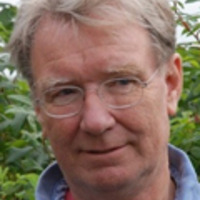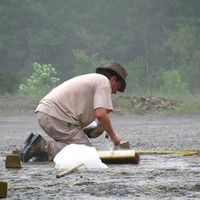
Lotfi Cherni
Related Authors
Jameel M Al-Khayri
King Faisal University
Asha Vijayan
Amrita Vishwa Vidyapeetham
Dr.Mahmoud Lotfy
Minufiya University
Ismael Khatab
Kafrelsheikh University
Gwen Robbins Schug
University of North Carolina at Greensboro
Jesper Hoffmeyer
University of Copenhagen
Kristel Van Steen
Université de Liège
Michael J. Gonzalez
Universidad de Puerto Rico Rio
Richard Cloutier
Université du Québec à Rimouski








Uploads
Papers by Lotfi Cherni
Middle East. However, population genetic studies, especially for autosomal genetic markers, are few relative to other
world regions. We examined autosomal markers for eight Tunisian and Libyan populations in order to place them in
a global context.
Materials and Methods: Data were collected by TaqMan on 399 autosomal single nucleotide polymorphisms on
331 individuals from Tunisia and Libya. These data were combined with data on the same SNPs previously typed
on 2585 individuals from 57 populations from around the world. Where meaningful, close by SNPs were combined
into multiallelic haplotypes. Data were evaluated by clustering, principal components, and population tree analyses.
For a subset of 102 SNPs, data from the literature on seven additional North African populations were included in
analyses.
Results: Average heterozygosity of the North African populations is high relative to our global samples, consistent
with a complex demographic history. The Tunisian and Libyan samples form a discrete cluster in the global and
regional views and can be separated from sub-Sahara, Middle East, and Europe. Within Tunisia the Nebeur and
Smar are outlier groups. Across North Africa, pervasive East-West geographical patterns were not found.
Discussion: Known historical migrations and invasions did not displace or homogenize the genetic variation in
the region but rather enriched it. Even a small region like Tunisia contains considerable genetic diversity. Future
studies across North Africa have the potential to increase our understanding of the historical demographic factors
influencing the region. Am J Phys Anthropol 000:000–000, 2016. VC 2016 The Authors American Journal of Physical Anthropology